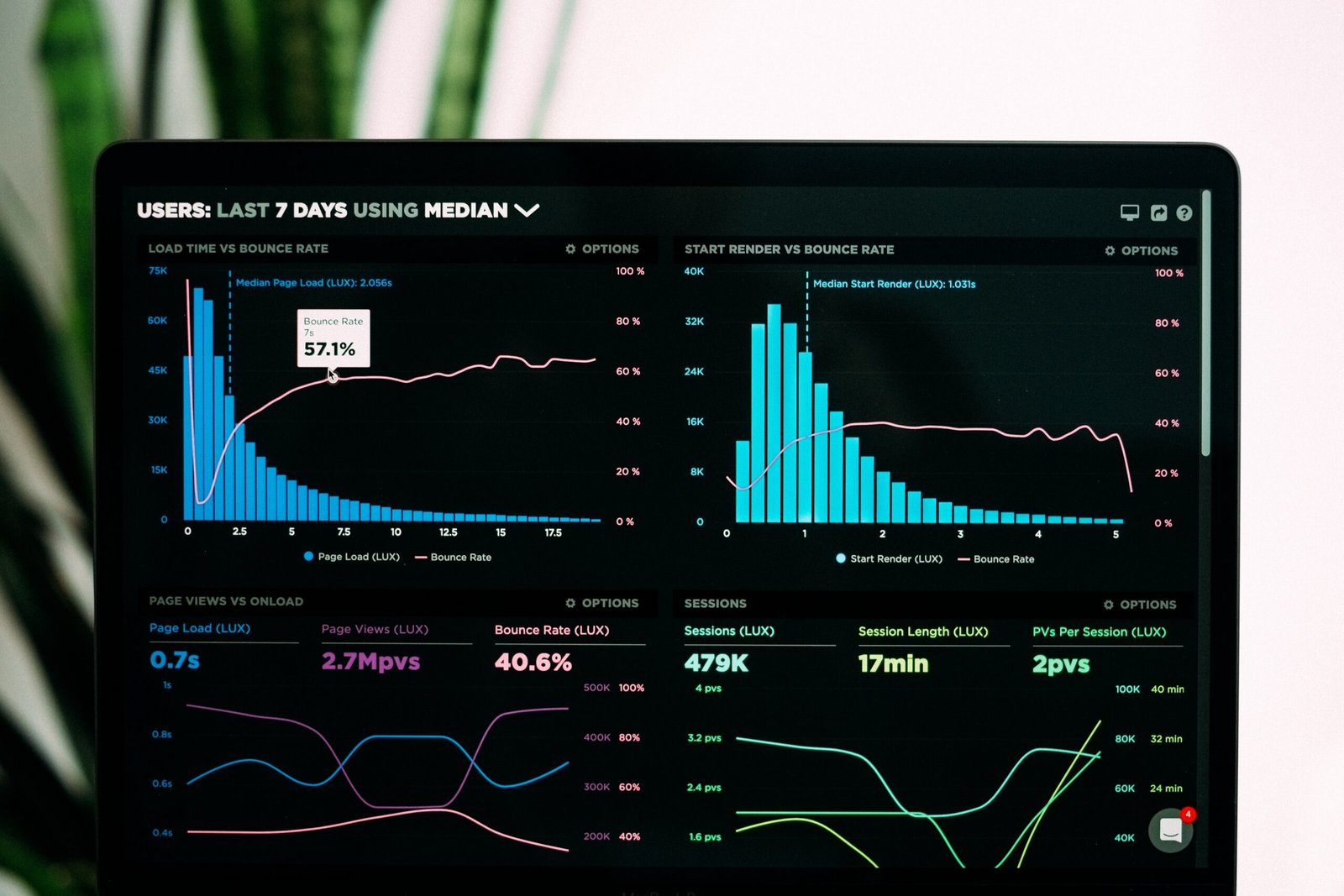Introduction
Having a fast-loading website is crucial for user experience and search engine optimization. In this article, we will discuss actionable steps to speed up your WordPress website.
1. Choose a Lightweight Theme
Opt for a lightweight theme that is optimized for speed. Avoid themes with excessive features and complex designs, as they can slow down your website.
2. Optimize Images
Large image files can significantly impact your website’s loading time. Use image optimization plugins to compress and resize images without compromising their quality.
3. Enable Caching
Implement a caching plugin to store static versions of your web pages. This reduces the server load and improves website speed for returning visitors.
4. Minify CSS and JavaScript
Minifying your CSS and JavaScript files removes unnecessary characters and spaces, reducing their file size. This improves loading speed by reducing the amount of data that needs to be transferred.
5. Use a Content Delivery Network (CDN)
A CDN stores your website’s static files on servers located around the world. This ensures that visitors can access your content from the server closest to their location, improving loading times.
6. Optimize Database
Regularly optimize your WordPress database by removing unnecessary data, such as post revisions and spam comments. This helps improve website performance.
7. Enable Gzip Compression
Gzip compression reduces the size of your website’s files before they are sent to the visitor’s browser. This significantly improves loading speed, especially for users with slower internet connections.
Conclusion
By implementing these actionable steps, you can significantly speed up your WordPress website. Remember to regularly test your website’s performance using tools like Google PageSpeed Insights to ensure optimal speed and user experience.












